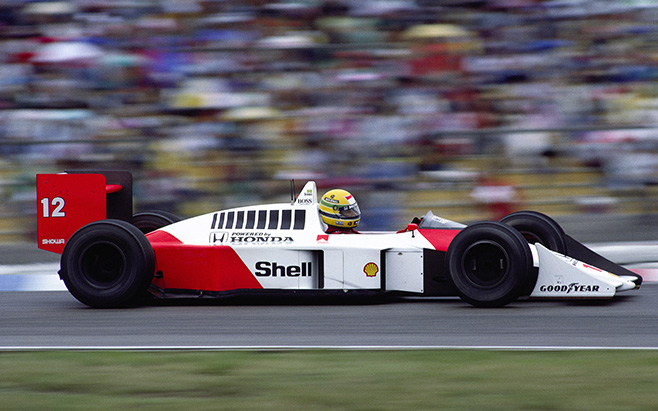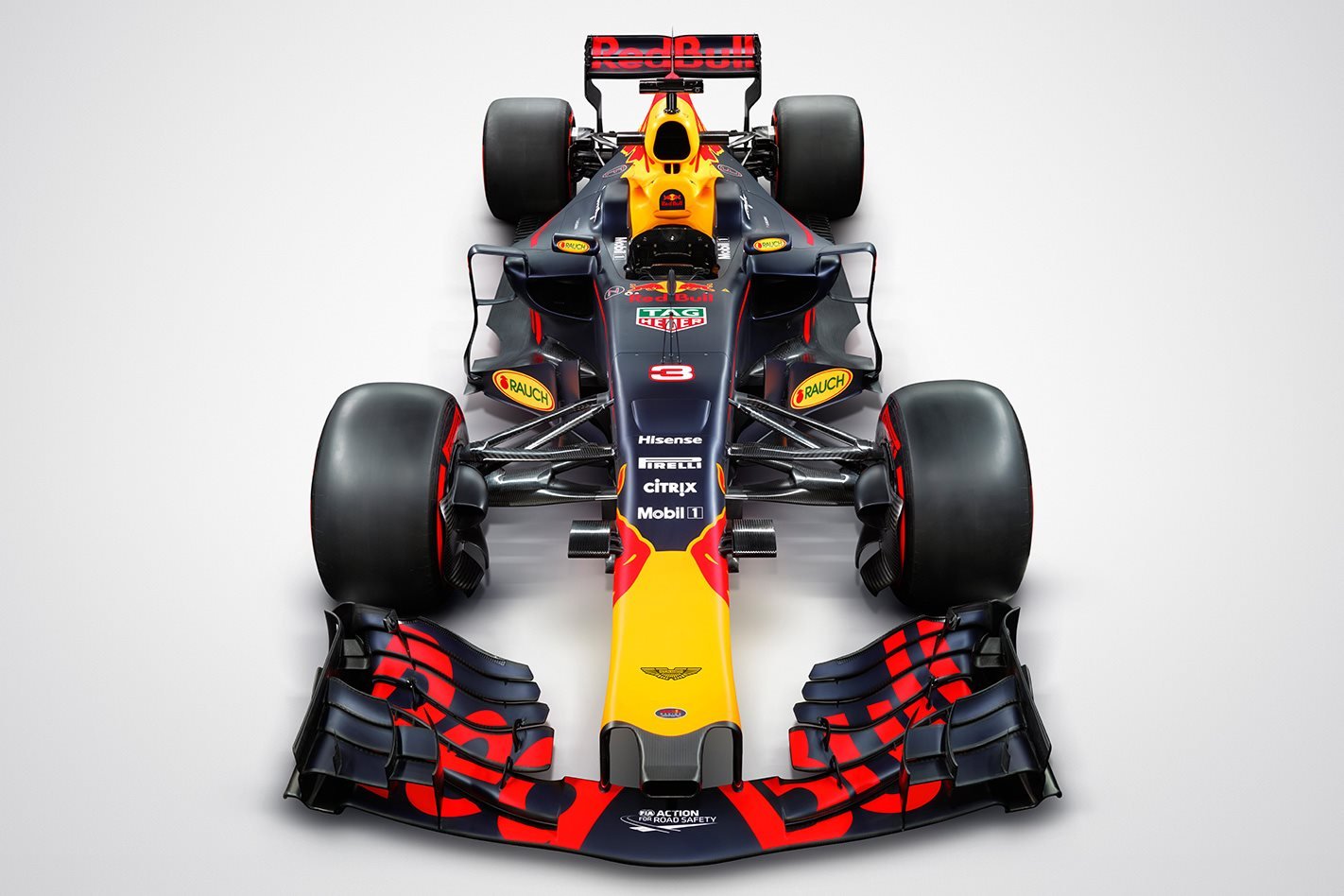Wider, longer, lower, faster. That’s Formula 1’s new 2017 cars in four words. The question is whether ‘better’ can be the fifth.
The pinnacle of motorsport has reached almost as many nadirs as zeniths when it comes to rule changes in its sporadically desperate bid to improve the ‘show’.
Yet following the recent farces of 2015’s double-points final race and 2016’s knock-out qualifying that was floored after just two races, there’s more optimism surrounding the latest regulations.
The racing cars haven’t looked this racy in years – sleeker yet also more aggressive. Bodies return to a two-metre width and are matched to rubber that’s 25 per cent wider.
There will also be all-round relief that the new Pirellis have been developed to be less prone to degradation and overheating, allowing the drivers to charge flat-out more consistently.

Racetracks such as Melbourne’s Albert Park have beefed up their barrier protection in response to predicted lap times and speed.
Yet Formula 1’s perennial issue has never been the speed of the cars, but their ability to overtake.
There are already mutterings from people in the know that the 2017 cars will make passing harder, given that the increased aero will create greater amounts of disturbed airflow – or ‘dirty air’ – in their wake. The Drag Reduction System (DRS) remains in place, though, as do the 1.6-litre hybrid V6 powertrains.
Australia, on pole again for a new season of F1, will provide the first evidence of whether the new rules will provide a better spectacle.
Formula E: The future of motorsport?
Revised Plan
2017’s big changes
1. BIGGER CARS The cars are extended by noses that lengthen by 20cm and by rear wings that are positioned further back. The height of those rear wings has also been lowered by 15cm and given a more swept-back design. Maximum body width increases from 180cm to two metres.
2. WIDER TYRES New Pirellis that don’t need to be nursed as dramatically as their 2016 predecessors is key. The Italian rubber specialist has responded to the FIA’s request for tyres that allow drivers to push to the limit for longer periods. Intermediate and Extreme Wet tread patterns are also revised.
3. EXTRA WEIGHT, FUEL Extra bodywork and bigger tyres add mass, so minimum car weight has been increased to 722kg. To compensate, the minimum fuel allowance rises to 105kg (fuel flow limit remains at 100kg/hour).

5. TOKENS IDEA SPENT The complex engine development token system introduced in 2014 has been abolished. Where teams had been restricted to ‘spending’ up to a specified maximum number of tokens to improve their power units, it’s now a free-for-all. Theoretically, it’s particularly good news for the likes of Honda and Renault who are desperately playing catch-up to Mercedes-AMG’s level of engine performance in the recent past.

Mixing it up: A history of rule changes in F1
If 2014 kick-started a new era of F1 powertrains, 2017 introduces the biggest car and tyre changes since the 1998 contenders were switched to a narrow-track format with grooved rubber.
While the new rules are designed to produce cars that look good and lap faster, a desirable side effect is hoped to bunch competitors after three successive years of Mercedes-AMG domination.
F1’s timeline of tinkering has many milestones designed to end this, often spearheaded by Bernie Ecclestone – paranoid about losing the claim to being the world’s most watched annual sport.
Turbo engines were banned for 1989, the season after McLaren won all but one race. Active suspension and other driver aids were barred from 1994 after Williams-Renault romped to unhindered glory in 1992 and 1993. And, more recently, the championship points system was switched from the long-established 10 points for victory to 25 in 2003 after a 2002 season in which Ferrari’s Michael Schumacher wrapped up the title with six races to spare.
Fortunately, many of Bernie’s craziest concepts for spicing up the sport never gained approval.
Expect plenty of changes from Liberty Media as it plans its shake-up of F1 both on and off the track.






